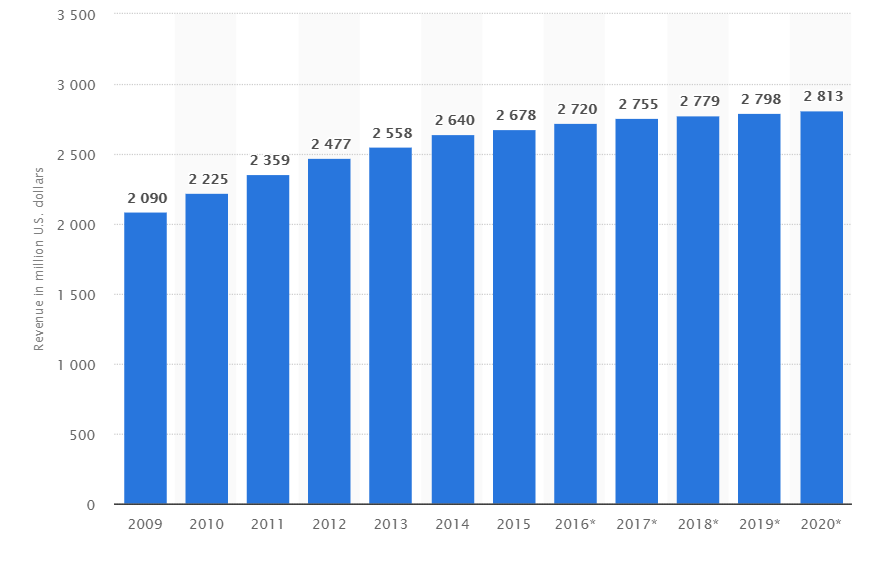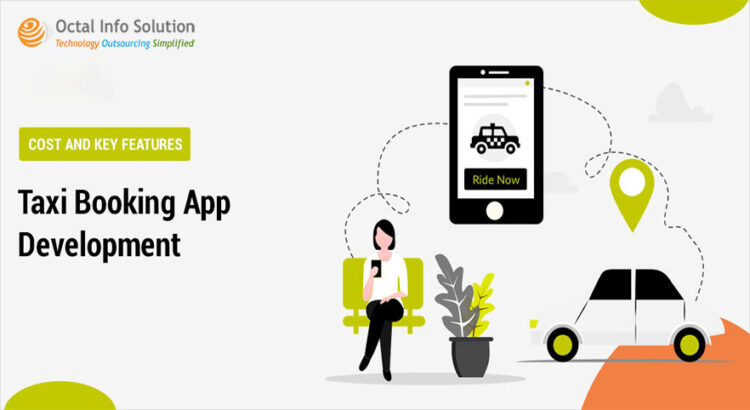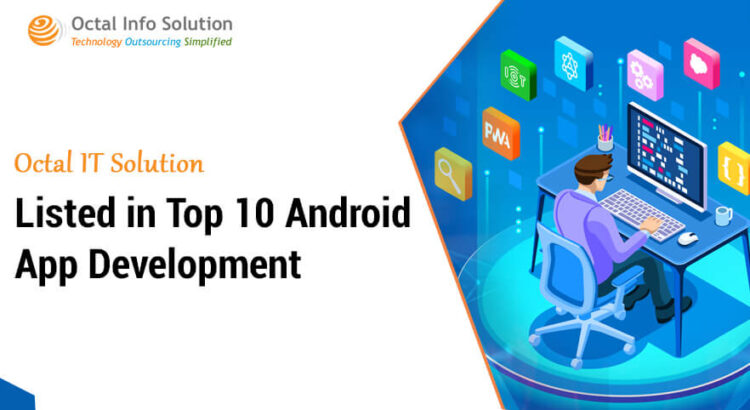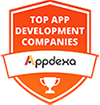With on-demand services becoming the new world trend, taxi-booking apps have witnessed enormous success.
Who would have ever imagined that a small business startup whose only product is a simple app on your phone that allows to hail taxis it doesn’t even own, would turn out to become a billion-dollar company in a trivial period of just 8 years? Yes! We are talking about Uber.
Taxi booking App business has witnessed colossal success after the inception of Uber. Uber’s business model that primarily depends on the intermediary between the passenger and the taxi driver and the transactions happening on the app has scaled globally, covering all the major cities of the world. This transportation titan has ignited the global taxi-hailing market and it comes as no surprise that every day new mobile apps like Uber are exploding into the market.
The gargantuan success of Uber has deeply inspired several young and endowed entrepreneurs to plunge into the race of replicating Uber’s success. However, it should be noted that in order to succeed in this ruthlessly competitive souk, you need to conduct comprehensive research, frame an executive plan, hire the right resources and then begin erecting an app for hassle-free taxi booking. In our post today, we bring to you a roadmap which will certainly prove helpful for building your own distinguishing taxi booking app in the fastest possible time.
Revenue of taxi services in United States from 2009 to 2020 (in million U.S. dollars)
How to Develop a Taxi-Booking App like Uber?
Before we get down to understanding the various stages involved in taxi-app development, you need to -fathom a very significant point. Taxi-booking apps consist of two separately built apps – one for the passenger and the other one for the driver. Both the apps are later connected with each other through the admin panel. Let’s have a look at some of the distinct features that each of these apps must-have.
Passenger App
App Login/Registration Panel
The first page that your users encounter is the login page. The customer can register via email or log in via other social media accounts. They should also be given an option where they can enter their banking details for making payments.
Booking Interface Page
Your app should have a proper booking interface page where the users input the details about their journey, including the final destination, to make a booking.
Total Fare Calculator
With these features, the customers can get an idea of the total fare of the taxi ride before they actually book it.
Taxi Choosing Options
Such features allow the passengers to select their preferred choice of car they wish to travel in, along with the price per kilometer they are looking to pay.
Taxi Tracking
This permits the passengers to track the current location of the taxi driver. This way they can determine the time in which their taxi shall arrive.

Check the Driver’s Reviews and Ratings
In order to be sure, a lot of passengers wish to go through the ratings of the driver before hiring the taxi.
Payments
On the completion of the ride, the passenger collects an automatically generated payment slip and they can pay in the app. Later, an invoice of the ride is also sent to the passenger’s registered email id. The passenger has an option to store their credit card information on the app, so as to speed up the payment process.
Messaging
This helps the passengers to directly call the taxi driver and settle information such as the precise pickup point, etc.
Past Bookings
This permits the passengers to access the details of their previously taken trips along with the receipts. Alternatively, they can re-book the same ride in just a single click.
Selecting a Preferred Driver
Some passengers wish to travel with the same driver as the last time as they had a pleasant experience. This feature allows them to send such a request.
Waitlist
This feature is especially helpful during peak rush hours where the users can add themselves to a waiting list. This way they do not need to refresh the app time and again for booking a ride.
Driver’s App
Well-Organized Driver Profile
The driver’s profile carries the driver’s license number, taxi number along with his updated status. This profile simplifies the verification process by including all vital information. Additionally, it also informs the passenger regarding the schedule and availability of the driver.
Booking Alert
This feature notifies the driver about any booking made by a passenger in the nearby location. He is then supposed to reach the passenger in the quickest possible time.
Navigation
This feature links the app with Google maps to guide the driver through the shortest possible route.
Ride Fare
This provides approximate fare estimation along with the discount deals available, if any.
Earnings
It is a quickly generated report that shows the earnings and other trip stats during the ride. Apart from these, features like login/registration page, support and messaging are also present in the driver’s app, similar to the passenger app.
The Admin Panel & its Importance
The admin panel is a kind of web application that assists in controlling all the in-app activities taking place. While it offers a comprehensive outline of all processes, manages all monetary transactions, guides the drivers through the best routes, it also stores all the passenger data for extending an improved experience for the next ride.
It is not mandatory that you invest in building a robust admin panel; however, managing processes without it may become complicated and cumbersome at a later stage. So, it is advisable to have a fully operational admin panel for your app from day one.
Advance Features
Bill Splitting: This feature enables passengers going in the same direction sharing taxi and option to split the bill for each of them.
Preferred Driver: If the passenger is happy with a particular driver, the concerned passenger can book the same driver again for future rides.
In-app calls: After booking a taxi or car, the passenger can make calls from the app itself to the driver.
Vehicle choice: Users by using this feature can select their preferred vehicle.
Voice Commands: This feature allows the users to control the app or book a ride via voice commands
Wait-list: At peak hours passengers can add their names to the waitlist to get a ride automatically when it is available and don’t have to search a ride again and again.
Discount: This section gets updated more frequently with the latest discount coupons and referral codes.
Heat Map: This is one important feature through which apps like Lyft and Uber have enforced. The heat map basically shows the busiest time of one location. It helps to see the real-time driving map of the cars so that the concerned drivers make a better decision of choosing the region accurately. It also helps in keeping track of the surge pricing on the app itself.
Native App or Hybrid?
Well, we suggest you to go for a native app when looking to create an app like Uber. Apart from offering better performance and advanced scalability, creating a native app also helps to bring down the initial cost of app development. After achieving success, you can move on to developing an app for other platforms.
How to Develop a Taxi booking App: Cost Estimation
Geo-Location Targeting
It is important to understand that your taxi-booking app will primarily benefit from the GPS (Global Positioning Technology) to find the exact customer’s location as well as determining the best and fastest available route. However, this technology is different for the two major platforms- iOS and Android. This service largely depends on three different factors:
Tracking the User’s Location:
The technology used for iOS: CoreLocation Framework
Android: Google Location APIs
Navigation of the Route
The technology used for iOS: MapKit Framework
Android: Google Maps APIs
Note: The rapid progress in technology has introduced us to the iBeacon technology and BLE services that assist in quick and improved tracking of iOS-based mobile devices.
Time Estimation: 120 to 140 hours
Cost Estimation: $5,000 to $8,500
The Login/Registration Page
A common feature of both driver as well as passenger app, the login/registration page is a vital part that asks for all the necessary details including the phone number and the registered email id. Your app should have the functionality where the users can integrate the app with their social media accounts. Also, you have to make sure that all the data stays resumed and completely confidential.
In the case of the driver’s app, ask for an authentic photo id along with validating his license prior to appointing him. Additionally, you can create a well-designed customer review and feedback section where they can input valuable ratings about the ride as well as the conduct of the driver. This ensures augmented customer satisfaction.
Time Estimation: Approx. 120 hours
Cost Estimation: $2,000 to $4,000
Payment System
One of the biggest reasons for Uber’s uproar success is its payment model. Operating on a cent percent cashless payment integration, Uber allows its passengers to make payments via debit or credit cards or via any of the online payment syndicates such as PayPal, Paytm, Stripe, etc.
Now when a passenger books a cab, he receives a rough fare estimate based on which he can decide whether he still wants to take the cab or not. Also, during excessively slow or peak rush hours, Uber follows a dynamic ride pricing strategy where the fare primarily depends upon the availability of cab and amount of traffic. Even this pricing strategy is working well as frequent travelers do not mind paying a little extra to get the taxi.
Moving on, the Android users can make use of Google Wallet for completing the payments, whereas the iOS users can use Apple Pay for the same. It is also advisable to tie up with some nice online payment gateway companies to make the process faster and more efficient. However, at the same time, you need to ensure that the passenger’s private card information is completely secure and protected.
Time Estimation: 120- 150 hours
Cost Estimation: $2,600 to $4,800
Messaging & Notifications
When a passenger has booked a cab, the best way to keep him engaged is via sending him message alerts or push notifications, updating him regarding the driver’s location and the estimated time of taxi arrival. Furthermore, this feature is especially helpful for connecting the driver to the passenger, allowing them to share more details about the precise pickup point, any delay in arrival, etc.
If you have adequate time and resources, you can even go in for implementing a full-fledged chat-based app like Whatsapp, to enhance the user experience.
For the Android and iOS users, you can make use of the Google Cloud Messaging and Apple Push Notifications Services, respectively, to send push notifications to your passengers. However, we highly recommend you to exploit the Firebase Framework, owing to its reliability and powerful functionality.
Time Estimation: 20hours for implementing SMS alerts and 40 hours for push notifications
Cost Estimation: $1,400 to $1,800
App UI/ UX
Another significant aspect to borne in mind while creating a taxi-booking app is its UI & UX. The app design should be simple and neatly delineated that focuses on the prime functionality, and at the same time, it should offer a rich user experience. Ensure that the user does not face any difficulty while operating the app, even if it is his primary attempt.
Time Estimation: Approximately 200 hours
Cost Estimation: $7,000 to $12,000
What is the Total Cost of Developing an App like Uber?
Without planning the precise details of your taxi-booking app, giving accurate cost estimation is rather challenging. A number of factors need to be taken well into consideration before you can determine a precise number. Broadly, your total cost of app development will depend upon:
- Your choice of platform (Android or iOS)
- The backend development you choose
- Security features
- Whether you want to develop a full-feature app or an MVP (Minimum Viable Product)
- App design
- QA & maintenance
For developing robust and sophisticated mobile Taxi aggregation mobile app, certainly, you need the best developers, testers, designers, and managers. Owing to the different zones and the physical architecture of the app development communities, there are huge variations in the per hour charges.
- U.S. based developers: – $50 to $250 per hour
- Eastern Europe based developers: – $30 to $150 per hour
- India based developers: – $10 to $80 per hour
A simple taxi-booking app with basic functionalities would cost you somewhere between $25,000 and $40,000, whereas a more refined product like Uber would cost around $100,000 to $150,000.



















